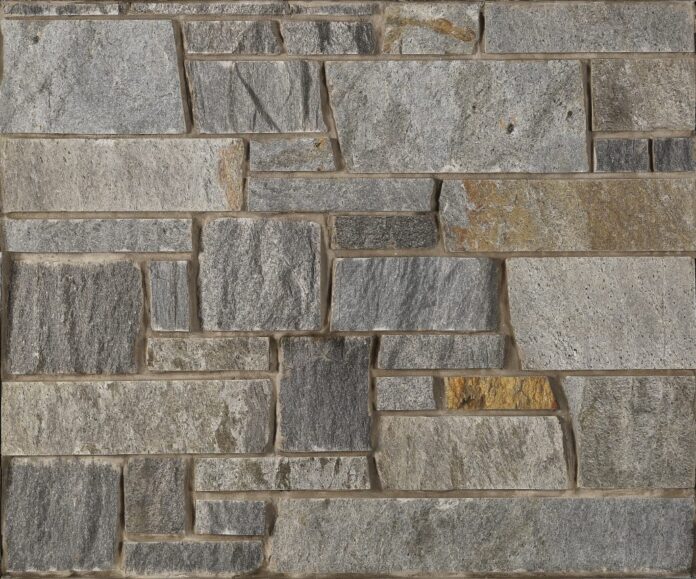
Like anything else, natural stone finishes require proper care to keep it looking new every other year. Luckily, this type of surface is easy to maintain and the most permanent of all materials. Most of the time, wiping with a cloth dipped in methylated spirit or clean water will suffice.
Before you determine the maintenance and cleaning program, you should first establish what kind of stone you have.
Know Your Stone
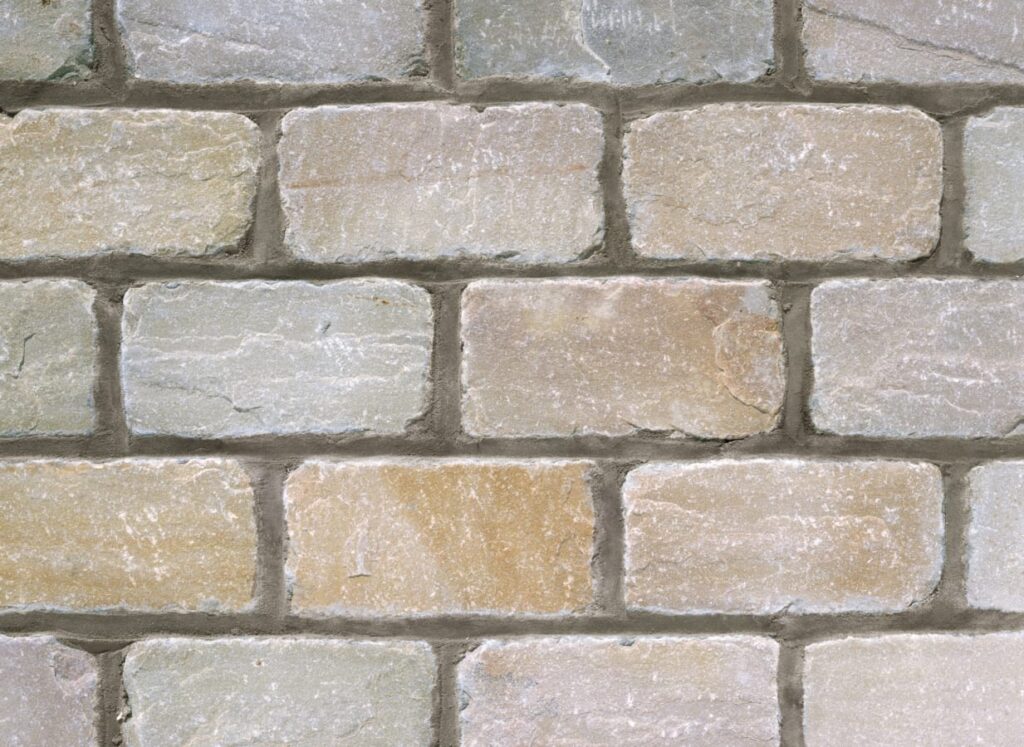
Stone professionals like Saturnia Travertine Italia will help significantly to identify and advise on the best care routines. While there are exceptions, here are common characteristics to help you in the visual identification of stones.
Natural are classified into two major categories, namely, calcareous stone and siliceous stone. When selecting the cleaning products, knowing the difference is crucial.
- Calcareous: Types of calcareous are travertine, onyx, limestone, and marble. This stone is composed of calcium carbonate and sensitive to cleaning products.
- Siliceous: Types of siliceous are slate, quartzite, granite, sandstone, porphyry, bluestone, brownstone, and slate. This range is not only long-lasting but easy to clean.
Stone Finishes
- Honed Finish: This is a smooth satin finish with a little light reflection. It is best for stair treads, floors, thresholds, and other heavy traffic locations.
- Polished Finish: This finish reflects light through its glossy surface and emphasizes the markings of the material. It is commonly used on furniture tops, walls, floor tiles, and other items.
- Flamed Finish: Flamed finish is typical on granite floor tiles and is a rough-textured surface.
Color and Appearance
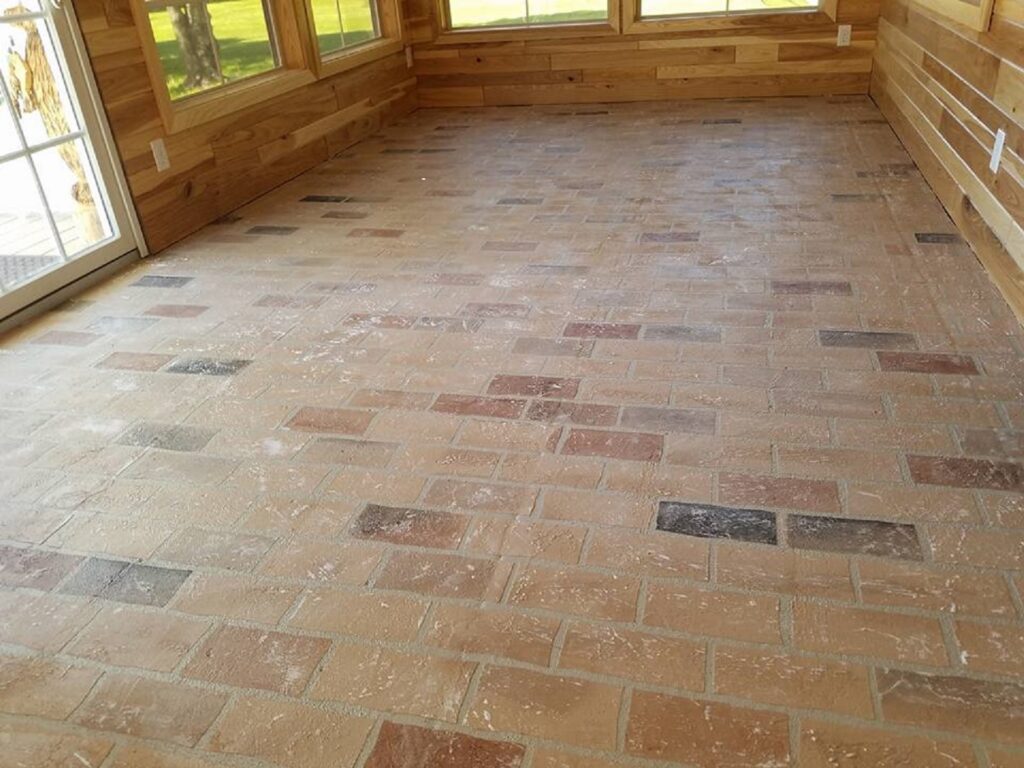
Marbles and granites are quarried all worldwide and come in a variety of mineral compositions and different colors. You can tell them apart by the visible particles on the stone surface. Marble has high concentration or what appears like veins. Granites will have small dots that are well distributed in the stone. Each is different and varies in texture, marking, and color.
Limestone is typically tan, buff, or light gray and is popular as a building stone. The distinguishing feature of limestone is the presence of fossils which are visible in the stone. Slate is gray, black, multi-colored, dark red, or dark green. Often, it is distinguished by distinct cleft texture and commonly used on floors and making roof tiles.
Sandstones widely vary in color due to different clays and minerals found in the stone. Sandstone comes in red or light gray to yellow shades. Brownstone, a dark reddish sandstone, is typical in eastern Canada and the northeastern United States. There is also bluestone that is dense, fine-grained, hard sandstone quarried on the United States’ east side. In some cases, the sandstone comes in bluish-gray or greenish-gray colors.
General Care
Use coasters under all glasses, especially the ones that contain citrus juices or alcohol. Many drinks and foods contain acids that are likely to etch most stones or make the surfaces dull. Also, avoid placing hot items on the surface directly.
Consider using mats or trivets under hot dishes. Placemats works under ceramics, china, silver, and other objects that can scratch the surface.
Occasional Care
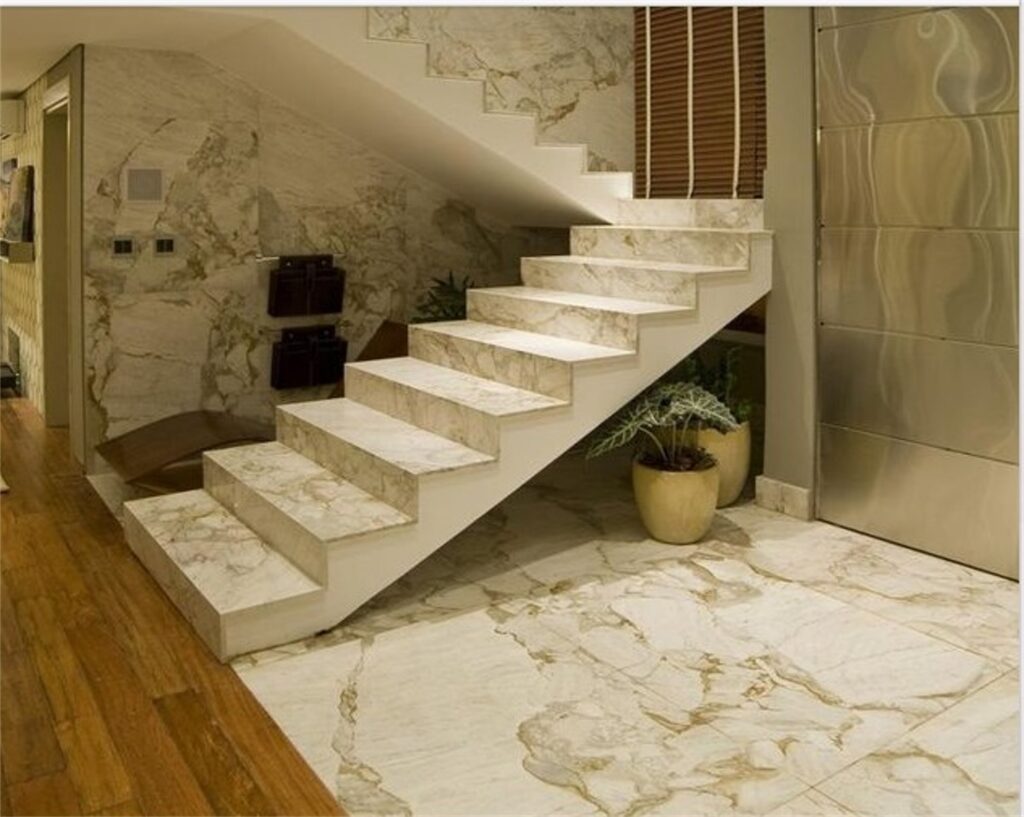
Your natural stone will always look new with a periodic wiping with methylated spirits, clean water, and appropriate cleaning products like STAIN-PROOF Akaline Cleaner. Avoid using detergents, acidic cleaners, and acids.
Cleaning agents always vary depending on the type of stone and the product application.
Sealants
Apply sealants occasionally, depending on the material’s wear and tear and stone porosity like granite, limestone, or marble. Follow the instructions on the bottle and apply the sealer with your windows open. Ensure there is enough ventilation.
The appropriate sealants vary depending on the application and stone type.
Caution: Some products like strong detergents, corrosive liquids, acidic products, or scouring powders can react on the surface of natural stone. This action may leave residues that make the polished surfaces dull.
Cleaning Suggestions and Procedures
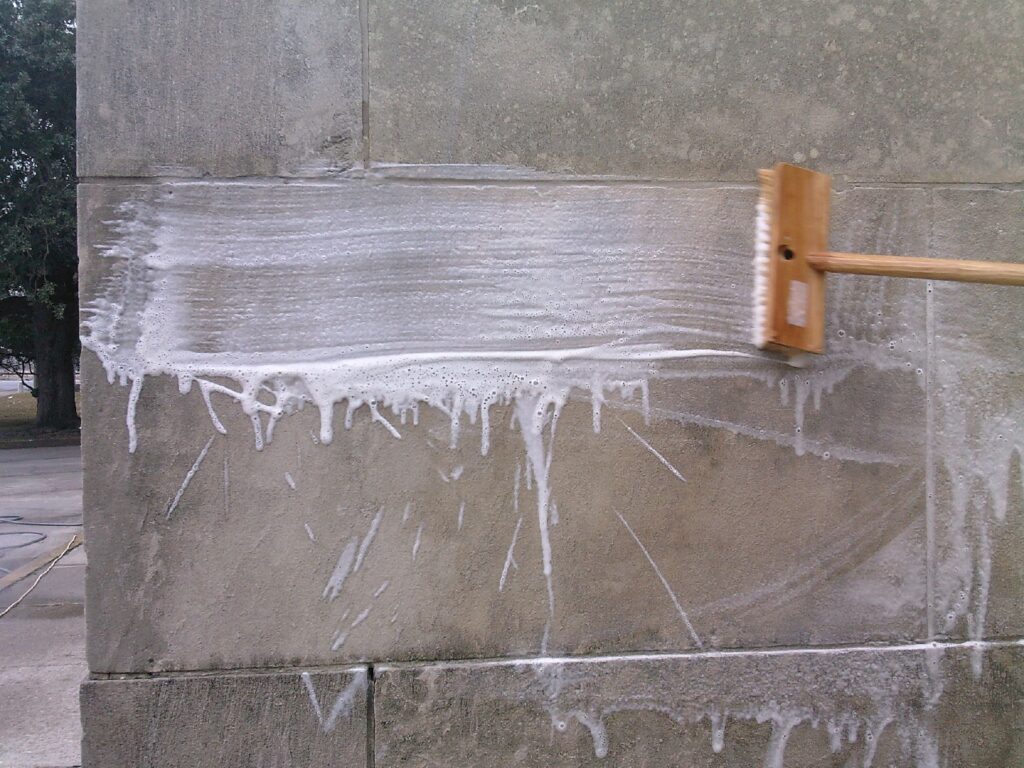
- Grout Haze: This is a hazy or cloudy finish that remains on the tile surfaces. On structured tile surfaces, the grout may pose a challenge to remove as it gets caught in the tiles’ surface. However, cleaning tiles on smooth finished tiles is easy using a sugar soap solution and heavy-duty microfiber mops.
Any acid-sensitive tile like limestone, marble, or travertine requires expert advice to remove grout residues from the tile’s surface without causing any damage.
- Floor surfaces: With a dry non treated mop, dust interior floors regularly. Dirt, grit, and sand damage natural stone surfaces more due to abrasiveness. Area rugs or mats inside and outside an entrance help minimize the dirt, grit, and sand that may scratch the stone. Ensure that the underside of the mat is non-slip. Avoid using worn-out vacuum cleaners as the wheels or plastic attachments may scratch the surface.
Use a neutral cleaning agent or steam mop for routine cleaning. Follow the manufacturer’s instructions when using any cleaning agents or appliances.
- Bath and Other Wet Areas: using a squeegee after every use minimizes soap scum in wet areas and the bathroom. To remove scum, use a solution of water and ammonia (a gallon of water to half cup ammonia) or a non-acidic soap scum remover.
- Food Preparation areas: Make sure the stone has a penetrating non-toxic sealer applied in food preparation areas. Clean often with soapy water to remove any food particles.
- Outdoor Pool and Patio Areas: Use a mild bleach solution to remove moss algae and flush with clean water.
Stains
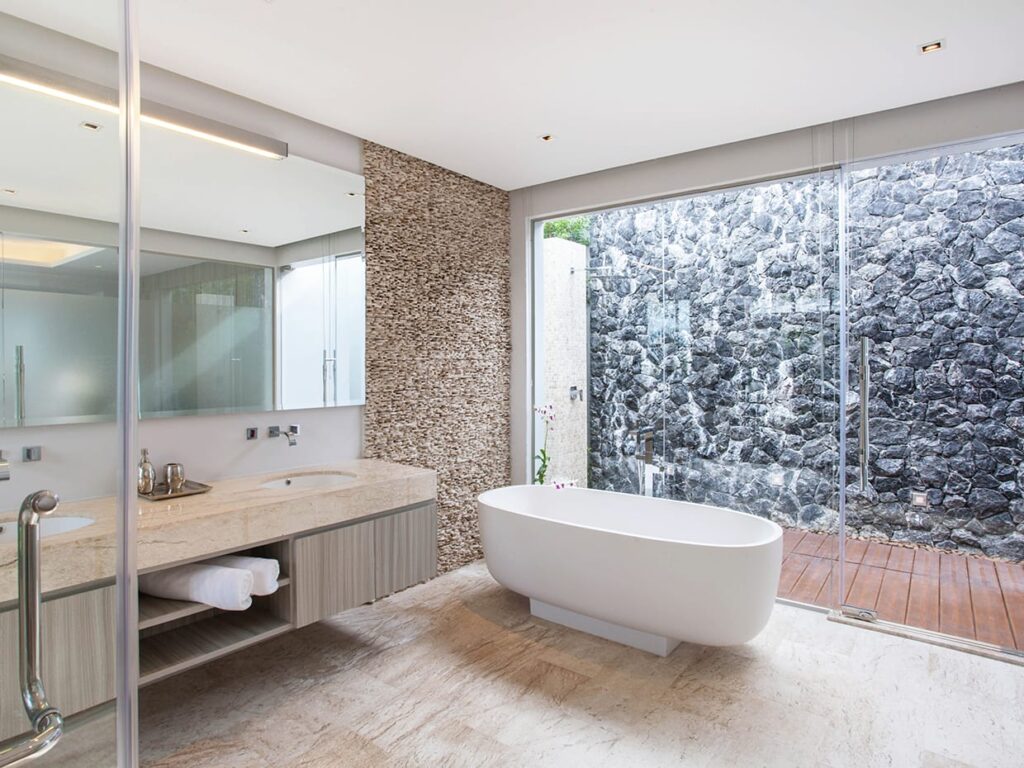
Spills and Stains
- Blot the spill immediately with a paper towel.
- Do not attempt to wipe the area as this spreads the spill.
- Flush the area with water and mild soap and rinse several.
- Thoroughly dry the area with a soft cloth and repeat the process if necessary.
Stain removal
The first essential step to stain removal is identifying it. Check the location of the stain, pattern, color, activities around the stained area to help you identify the stain. See the types of stain and how to clean them off.
Conclusion
Natural finishes need good care to keep them in the best condition. With the tips above, you will enjoy clean spaces and extend the life of the surfaces.








